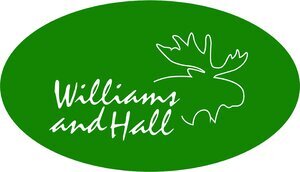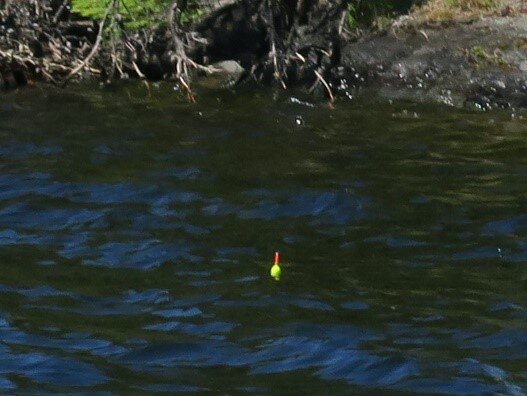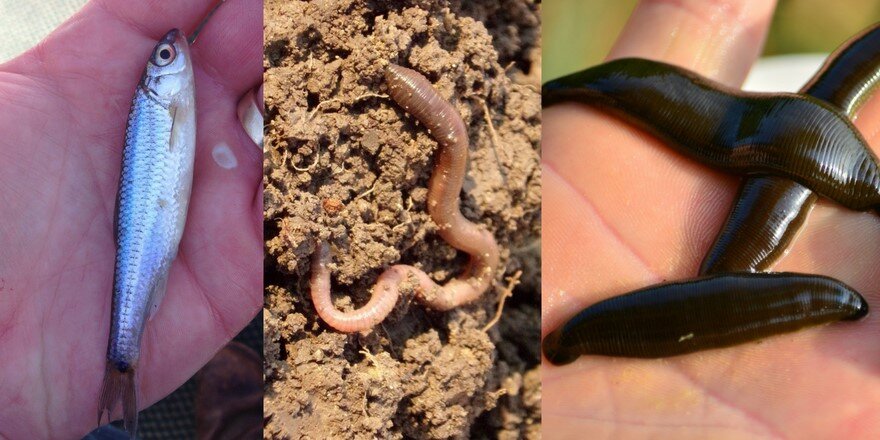Back to Basics With a Slip Bobber in the BWCA
Boundary Waters Fishing- Back to Basics
boundary waters slip bobber rig
Today we discuss the BWCA slip bobber rig. You know by now that it’s never too early to start thinking about and planning your next canoe adventure. In the world of wilderness camping, less is more. This certainly applies to fishing. Whether you are a die hard or a novice, simplifying your methods and tackle can make life in the back country just a little bit easier.
The Slip Bobber - Tried and True
Given a limited amount of space and a need to provide a few for dinner, one of the most reliable and easy methods of being successful is the slip bobber set up. The beauty of this tried and true rig is in its simplicity not to mention how inexpensive it is. A slip bobber set up, unlike a regular clip on bobber allows you to fish at a variety of depths just by sliding a string knot up or down your fishing line. It can easily be fished from a canoe or from your campsite. Made up of only a hook, a weight, a slip bobber and a knot stop, the entire rig might set you back a mere 3 bucks.
Rig a Slip Bobber With A Variety Baits
bwca fishing live bait
bwca fishing berkley grub
bwca fishing berkley gulp
The rig itself is basic, though there are a few ways to set it up. While this rig is mostly used with live bait, it can be adapted for use with a variety of soft plastic lures and bio baits. This makes it usable in the Quetico Park.
After a day of paddling…perhaps into the wind, the slip bobber rig takes little effort to use. Parking on the shore at camp and tossing your rig in front of a wind-swept rocky point has yielded many walleyes and bass over the years. The set up is effective all season long because you control the depth that it is fished at.In spring and early summer, use a depth of 3 or 4 feet for a sure bet for hungry, shallow post-spawn walleyes and pre-spawn bass. Later in the summer, a depth of 8 to 12 feet will reach those fish seeking cooler water or less light penetration.
A slip bobber rig can be fished much deeper as well, for when the big ones descend into water in excess of 15 or 20 feet. This is an excellent late summer and fall method for big autumn smallmouth bass. In Quetico, rigging with plastics or bio baits like Berkley Gulp, works great…especially when you let your bobber ride the waves, which helps provide good lure action.So, when packing for your next Boundary Waters fishing trip, remember the slip bobber rig. Include the slip bobber in your arsenal for simplicity, for affordability, and for ease of use. It is a tactic you can usually count on.
Dave
For more information on BWCA fishing, click here, or call us at 218-365-5837





